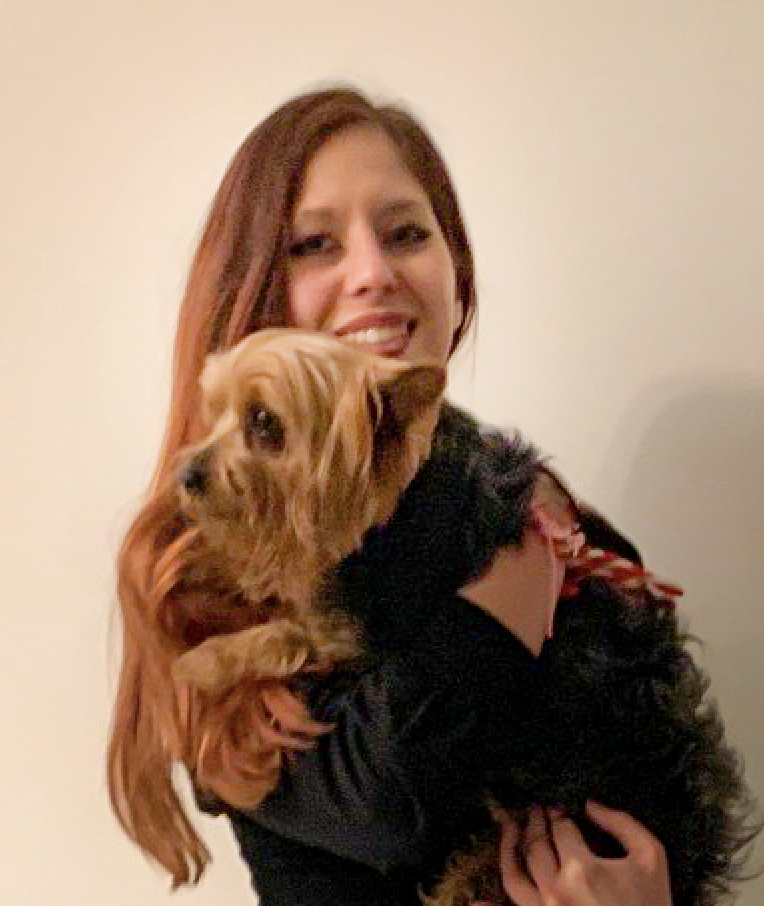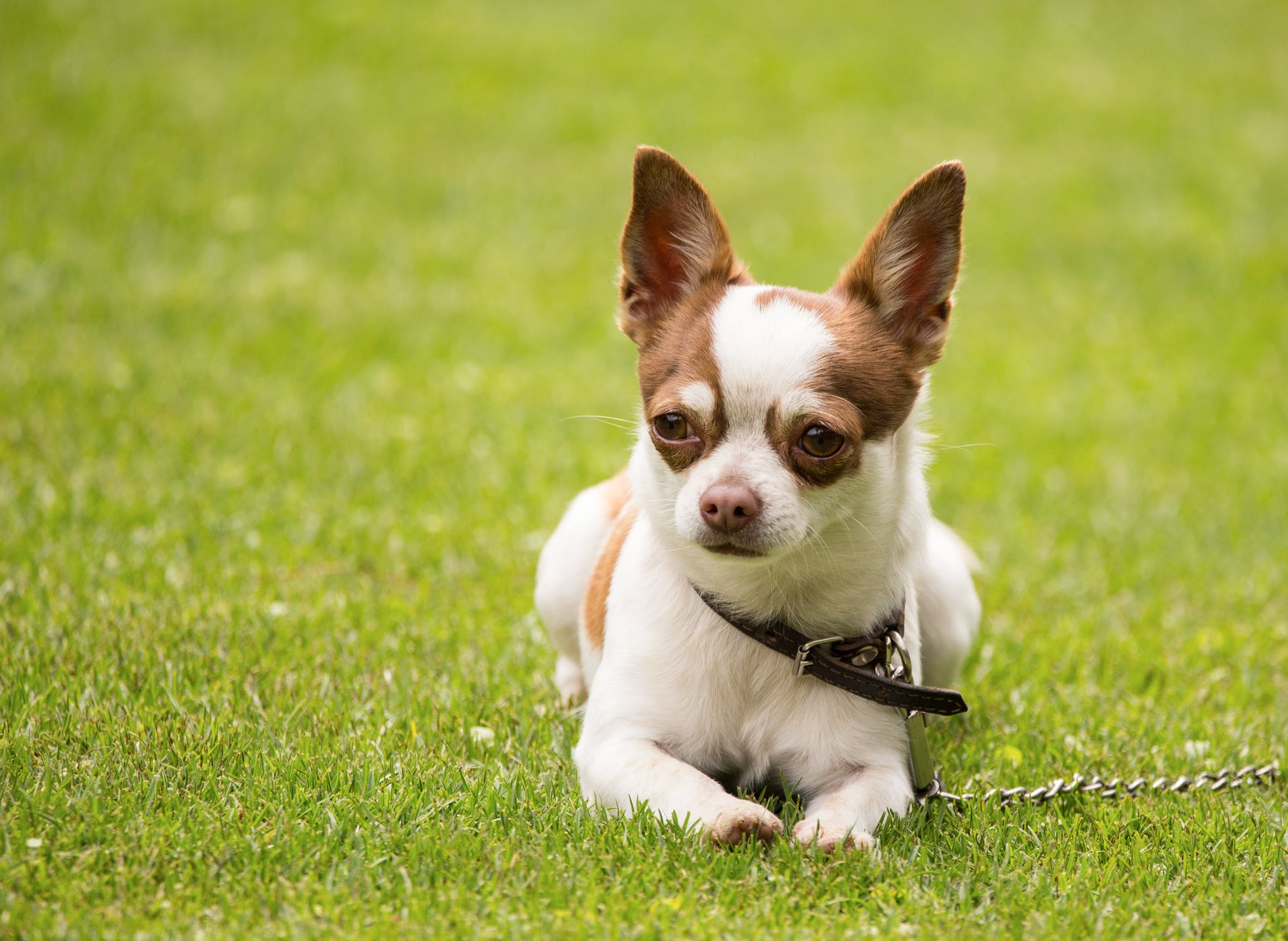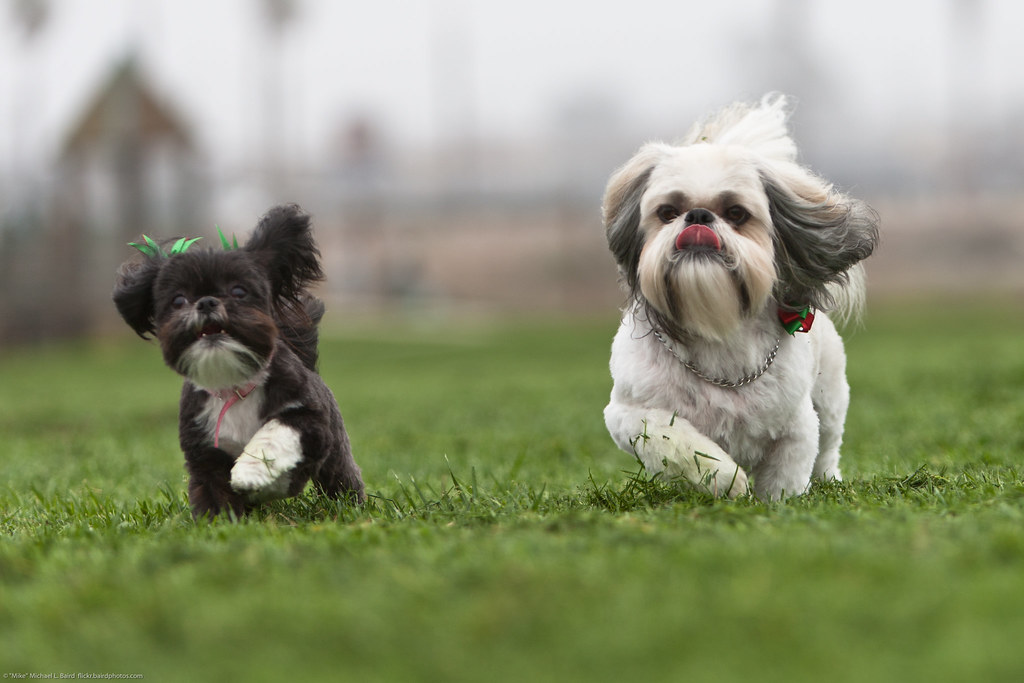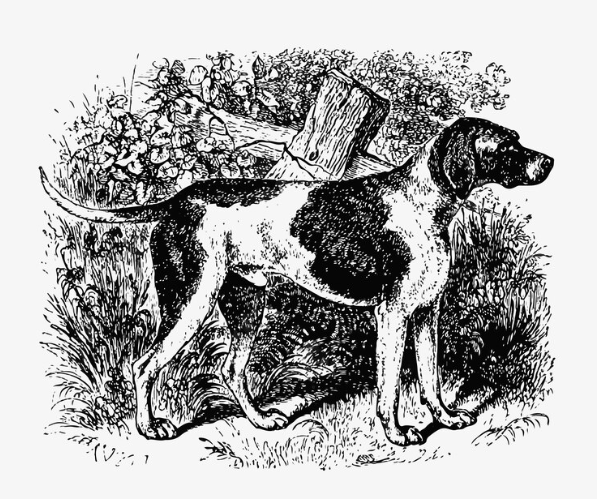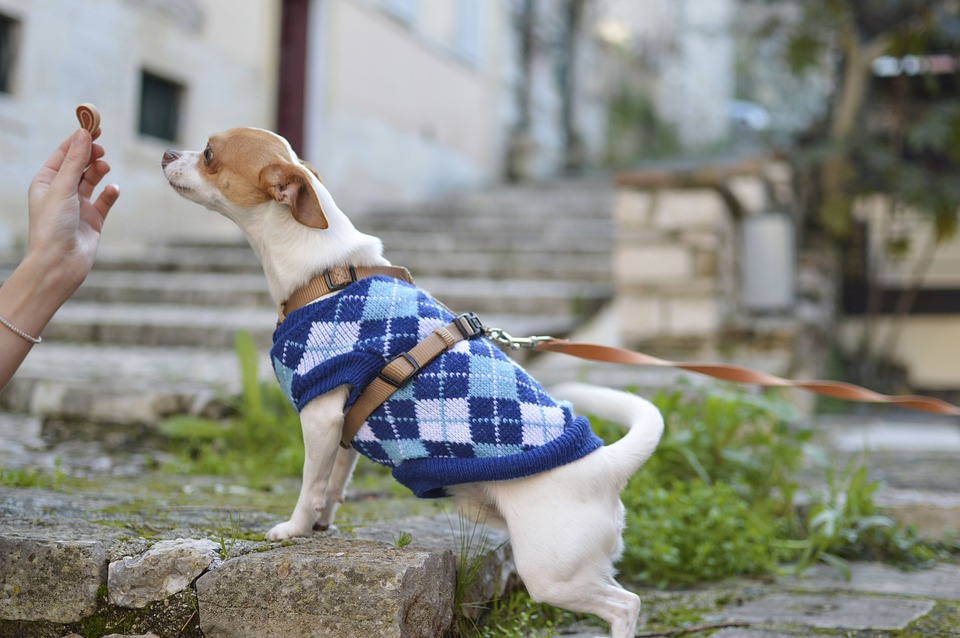
The need for food is among the most essential basic needs of all living creatures, including dogs. That is why trainers usually refer to it as a tool to shape a certain behavior in dogs. Dog owners also use food not only as a part of their dogs’ diet but also to motivate them to exhibit wanted behaviors. Having said that, there is no wonder that food and treats in particular have become an inseparable part of the process of raising and training a dog.
But could food be also associated with a negative experience for our paw friends? If you wonder how this could be possible, you may want to continue reading.
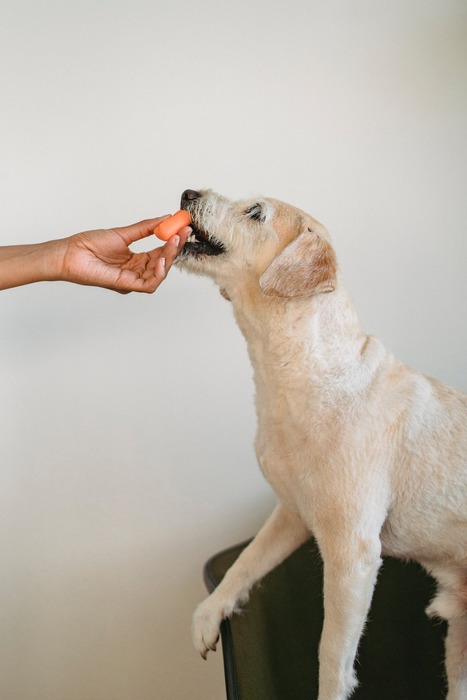
Reinforcement
Let’s first explain what “reinforcement” is and how it works. Under “reinforcement” is meant the process of encouraging a pattern of behavior. Establishing certain behavior can be perceived as reaching a higher frequency, greater magnitude, or longer duration of this behavior. You may have noticed, that we described the term reinforcement as a process, as it implies that continuous action is needed in order for behavior to be taught.
Types of Reinforcement
Reinforcement can be divided into the following general types, namely:
- Primary & Secondary Reinforcement;
- Positive & Negative Reinforcement.
Simply put, primary reinforcement does not need to be explicitly taught, as it occurs as a natural response. Food is an example of primary reinforcement, as it is part of our basic needs and a resource that ensures our survival.
Secondary reinforcement needs to be specifically taught. If we want our dog to respond to certain stimuli, that are not part of their basic needs, we need to pair these with primary reinforcement tools. In other words, we need to help our dog create an association between an object, that is irrelevant to him/her, and a positive reinforcer such as food.
Positive reinforcement means for us encouraging our dog to show certain behavior in the future, by adding stimuli to it. The main goal of applying positive reinforcement is to encourage a dog to continue showing behavior in the future, as it will be followed by a positive outcome, i.e. food.
Negative reinforcement, on the other hand, is based on the reversed concept, namely, when a dog responds to given stimuli, a negative trigger will be removed. A dog will rely on the fact, that if he/she shows certain behavior, something unpleasant for him/her will stop. An example of negative reinforcement is when the dog’s bottom is pushed so that the dog gets into a sitting position and then released once the dog sits.
Food as Positive Reinforcement
The general concept of using food as a positive reinforcement tool is quite simple-every time your dog shows a wanted behavior, you should reward him/her. Over time your dog will understand that he/she will get a positive outcome, namely food (treats) when he/she shows certain behavior / performs certain tasks. The harder a task is or the better the performance of your dog is, the higher the value of the reward should be. This requires the use of treats of a high value, such as pieces of beef, turkey, chicken, string cheese...etc. High-value treats are usually smelly and can be both dry and wet. These should be used only during the training sessions and are not part of the dog’s regular diet.
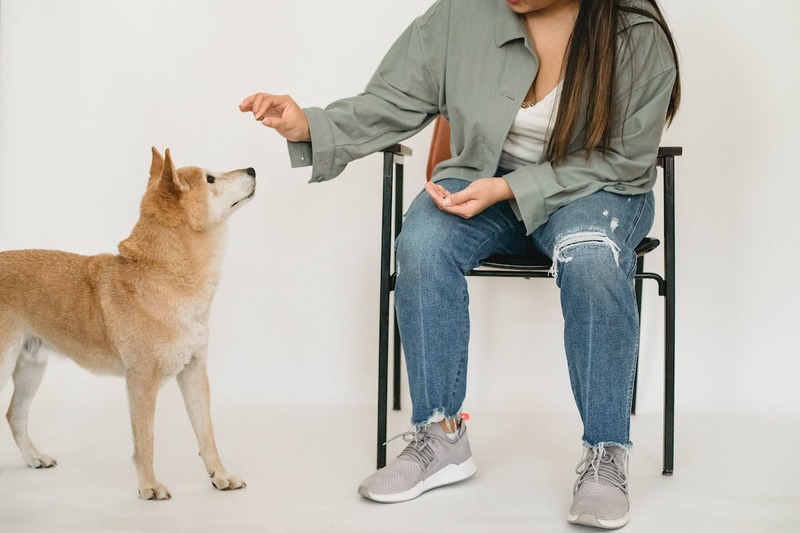
When Can Food Be Associated with Fear?
As we have already explained, food is a primary reinforcement tool to motivate a dog to exhibit a certain behavior. It does not sound reasonable to think about food as something that causes fear, doesn’t it? Unfortunately, some owners may intentionally reinforce bad behavior or a negative experience.
Let’s imagine that a dog is terrified of a certain factor in the surroundings, whether it will be an object, a place, a person, or a sound. Giving your dog food to help him/her overcome his/her fear and change his/her attitude towards that stimulus, might seem the right thing to do. The term “counter-conditioning” describes the process of changing an animal’s attitude towards triggers by providing him/her with something that brings pleasure-usually food. This is a common and very useful approach in dog training, which works in most cases. If your dog is frightened and the level of stress caused by the presence of the triggers is extremely high, giving him/her food will have the opposite effect. By high levels of stress, a dog will start pairing food with a negative experience, caused by the triggers. Hence, food can only worsen the issue, instead of helping your paw friend deal with it.
How to Resolve the Problem of Food Being Associated with Fear
Here comes another useful training approach, that will help resolve this issue, namely- desensitization. The term describes the process of gradually exposing a dog to stimuli that trigger him/her. At the beginning of the process, the intensity of the triggers must be very low, and it should gradually increase. In other words, you should not expect your paw friend to immediately start tolerating stressful factors in the surroundings, but expose him/her to this step by step.
Let’s say that your canine is very fearful of an item in your home. The right thing to do in this case will be to place this object at a distance and just after that give your dog a reward (treats). By creating a distance, you will make sure that there won’t be any reaction toward them. The more you practice, the more tolerant towards the stimuli your dog will be. After some time you may notice that your canine’s reaction toward the trigger has decreased. Of course, you should take small steps and take your canine’s learning pace and personality into account.
Tips on How to Properly Use Food as Reinforcement
Reinforce the Right Behaviors
First, you should make sure what behaviors you would like to encourage your dog to perform in the future. Do not reward him/her for showing bad behaviors, as these are not likely to stop, i.e. do not feed your canine treats for begging for food, barking, jumping at you, or otherwise misbehaving just because you want to lure him/her and make him/her stop. This will have the opposite effect. Give treats when your dog behaves properly.
If you would like to use food as a counter-conditioner, first you should make sure that the level of stress, that the cause of the trigger, is treatable with food only. If it is too high, only go through desensitization first.
Do Not Overfeed Your Dog
You may become overly enthusiastic in reinforcing behaviors and feeding your dog treats as a reward. Always take the number of treats into account and feed your canine small pieces. If your doggy is being overfed, he/she might not only gain weight, which can turn into obesity but also become less motivated to perform the given tasks. The general rule is that training sessions should be conducted before feeding time and that you should always keep track of the given treats.
Choose the Right Treats
As mentioned above, treats of a high value are helpful for training new behaviors, for rewarding a perfect performance, or for conducting training in an environment with many distractions. Outside of the training sessions, it would be best if you feed your canine mid- and low-value treats. Treats of a mid-value are provided more often but are not a regular part of your dog’s everyday meal. If high-value treats should be given for a really great performance, medium-value treats can be used as a reward for a good performance.



